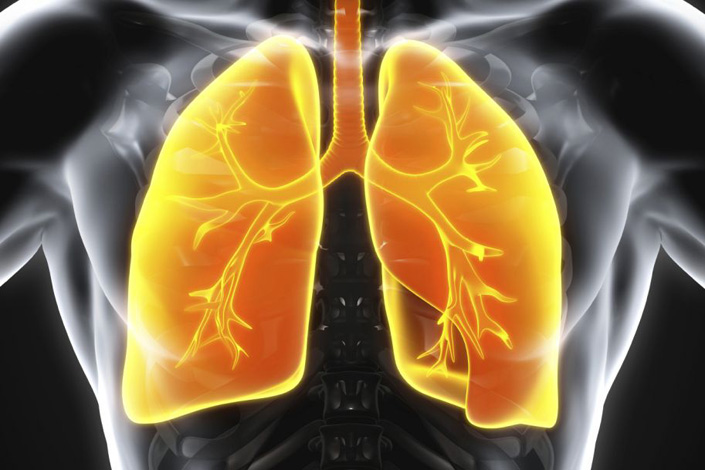Alergologia Terapia 2020, 4 ( 387 ) : 20 - 26
Rola kontroli przewlekłych chorób obturacyjnych płuc w dobie COVID-19
The importance of control of chronic lung diseases in the era of COVID-19
Astma i przewlekła obturacyjna choroba płuc (POChP) należą do najczęściej spotykanych w praktyce lekarskiej przewlekłych chorób układu oddechowego. Wyniki badań epidemiologicznych szacują, że na astmę oskrzelową choruje ponad 12% dzieci i młodzieży oraz 5‒7% dorosłych.

Zaloguj się i przeczytaj bezpłatnie całą treść artykułu.
Nie masz jeszcze konta dostępowego?
Zarejestruj się bezpłatnie, a otrzymasz:
* dostęp do wszystkich doniesień oraz pełnych tekstów artykułów naukowych w naszej Czytelni,
* prawo do bezpłatnego otrzymywania newslettera "Aktualności TERAPIA" z przeglądem interesujących i przydatnych wiadomości ze świata medycyny oraz systemu ochrony zdrowia w Polsce i na świecie,
* możliwość komentowania bieżących wydarzeń oraz udziału w ciekawych quizach i konkursach.
Zapraszamy serdecznie, dołącz do naszej społeczności.



Dodaj komentarz